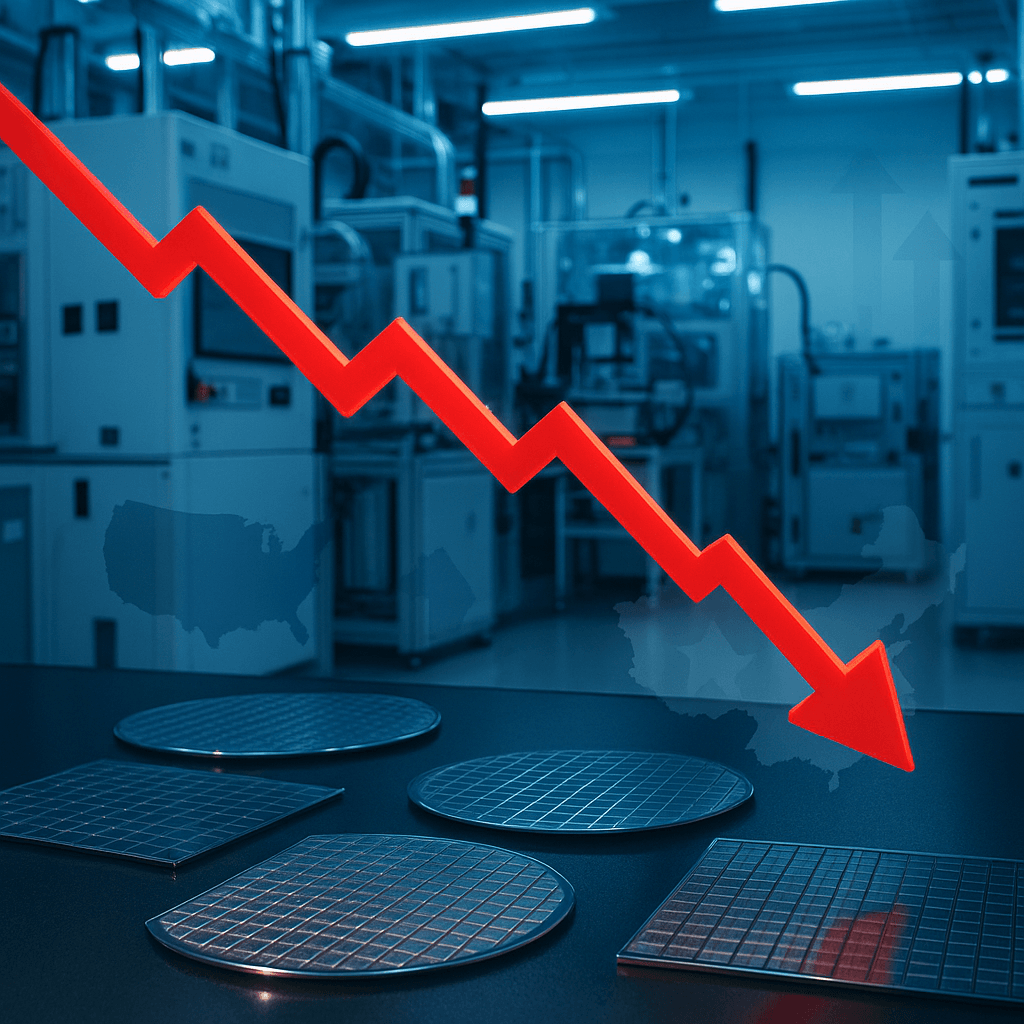Nvidia just delivered another blockbuster earnings beat, posting $46.74 billion in Q2 revenue and promising 50%+ growth ahead. Yet the stock tumbled in after-hours trading as Wall Street fixated on a critical miss: data center revenue of $41.1 billion fell short of the $41.34 billion analysts expected for the second straight quarter. The paradox highlights how sky-high expectations now define success in the AI gold rush.
Nvidia just proved that even when you're winning the AI race, Wall Street's expectations can still trip you up. The chip giant delivered another stunning quarterly performance Wednesday, with revenue soaring 56% to $46.74 billion and earnings per share hitting $1.05 - both beating analyst forecasts. Yet shares slipped in extended trading as investors zeroed in on a telling detail: data center revenue missed estimates for the second consecutive period.
The $41.1 billion in data center sales, while representing explosive 56% year-over-year growth, fell short of the $41.34 billion StreetAccount consensus. It's a pattern that's starting to concern investors who've grown accustomed to Nvidia's habit of dramatically exceeding every projection during the AI boom.
"The company expects between $3 and $4 trillion in AI infrastructure spending by the end of the decade," CFO Colette Kress told analysts during the earnings call, painting a picture of sustained demand that should dwarf today's already massive numbers. The forecast came as Nvidia projected Q3 revenue of $54 billion, plus or minus 2% - slightly ahead of the $53.1 billion analyst estimate.
The data center stumble becomes more significant when viewed through the lens of Nvidia's China strategy. The company sold zero H20 chips - its China-specific processors - during the quarter, though it did benefit from releasing $180 million worth of H20 inventory to a customer outside China. Kress revealed that Nvidia could potentially ship between $2 billion and $5 billion in H20 revenue this quarter "if the geopolitical environment permits," following CEO Jensen Huang's recent meeting with President Trump about licensing approvals.
The China situation illustrates broader complexity in Nvidia's growth story. The H20 chip, custom-built for Chinese sales, has already cost the company $4.5 billion in writedowns and could have added $8 billion to Q2 sales if commercially available. This regulatory overhang represents both a significant headwind and a massive opportunity, depending on how U.S.-China tech relations evolve.





